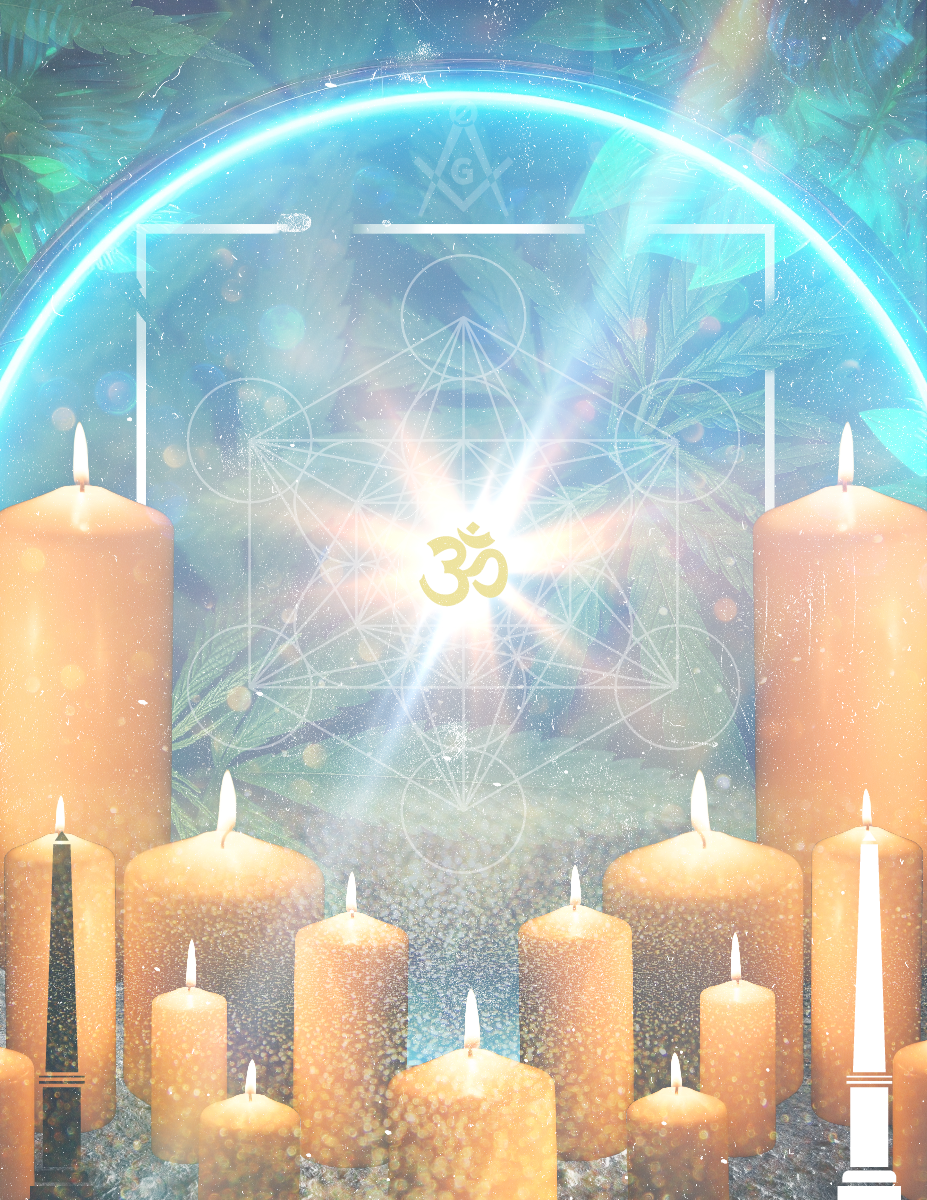Mantras, the rhythmic and sacred sounds of ancient spiritual traditions, hold a profound place in the realm of consciousness exploration. Rooted in diverse cultures and religions, mantras serve as vehicles for inner transformation, spiritual awakening, and profound states of awareness. In this essay, we will delve into the essence of mantras, their historical origins, their significance, and their role as powerful tools for delving into the depths of consciousness.
The Essence of Mantras:
A mantra is a word, phrase, or syllable, often with spiritual significance, chanted or repeated as part of a meditative or devotional practice. The term “mantra” itself originates from the Sanskrit words “manas” (mind) and “tra” (tool or instrument), suggesting that a mantra is a tool for the mind. Mantras are believed to possess a unique vibrational quality that can influence one’s consciousness and connect the individual to higher states of awareness.
Historical Origins:
The use of mantras can be traced back thousands of years across various cultures and spiritual traditions. Some of the earliest recorded mantras are found in the Vedas, ancient sacred texts of Hinduism, dating back over 3,000 years. Mantras have also been a fundamental aspect of Buddhist practices, particularly in Tibetan Buddhism, where they are used for meditation and ritual.
The Significance of Mantras:
Mantras are imbued with profound significance, serving multiple purposes within spiritual practices:
- Concentration and Meditation: Repetition of a mantra helps focus the mind and still mental chatter. It becomes a focal point for meditation, allowing individuals to enter deeper states of inner silence and heightened awareness.
- Spiritual Connection: Mantras are often associated with deities, divine qualities, or spiritual truths. Chanting a mantra is a means of invoking, connecting with, and embodying these sacred attributes.
- Healing and Transformation: Mantras are believed to have the power to purify the mind, body, and spirit. They can help remove negative energies, heal emotional wounds, and foster personal transformation.
- Protection and Blessings: Certain mantras are recited for protection from negative influences or to invoke blessings and positive energies.
Mantras as Tools of Consciousness Exploration:
Mantras are not mere words or sounds; they are powerful tools for exploring consciousness. Through the repetition of mantras, individuals can:
- Enter altered states of awareness: The rhythmic chanting of a mantra can induce trance-like states, facilitating deeper exploration of consciousness and inner realms.
- Access higher dimensions: Mantras are considered gateways to higher states of consciousness, where individuals may experience unity, interconnectedness, and profound spiritual insights.
- Dissolve the ego: Continuous repetition of a mantra can lead to a dissolution of the ego or sense of self, allowing individuals to transcend ordinary consciousness and experience a sense of oneness.
- Cultivate inner peace: Mantras can calm the mind, reduce stress, and promote inner peace, creating a conducive environment for exploration of consciousness.
Examples of Mantras:
Mantras come in various forms, each with its unique purpose and vibrational quality. Some examples include:
- Om (Aum): Often regarded as the most sacred mantra in Hinduism, it represents the universal sound, the essence of the divine, and the source of all creation.
- Om Mani Padme Hum: A widely known Tibetan Buddhist mantra, it invokes the compassion and wisdom of Avalokiteshvara, the Bodhisattva of compassion.
- Aham Brahmasmi: A Sanskrit mantra affirming the individual’s identity with the ultimate reality, Brahman, representing the highest truth.
- Sat Nam: A central mantra in Kundalini Yoga, it means “truth is my identity” and is used to connect with one’s true self.
- Hare Krishna: A mantra of devotion in the Vaishnavism tradition, it invokes the divine presence of Lord Krishna and fosters devotion and love.
Conclusion:
Mantras, the sacred sounds of consciousness exploration, stand as timeless tools for spiritual awakening and inner transformation. Rooted in ancient traditions, they serve as bridges between ordinary reality and the depths of consciousness. The rhythmic repetition of mantras allows individuals to transcend the limitations of the ego, access higher states of awareness, and connect with the divine.
In a world filled with distractions and noise, mantras offer a sanctuary of inner silence and profound connection. They are a reminder that the exploration of consciousness is not merely a journey outward but an inner odyssey into the depths of our own being. Mantras empower individuals to explore the mysteries of existence, embrace higher truths, and experience the unity that underlies all of creation.
Bibliography:
- Feuerstein, Georg. “The Yoga Tradition: Its History, Literature, Philosophy, and Practice.” Hohm Press, 2008.
- Khanna, Madhu. “Yantra: The Tantric Symbol of Cosmic Unity.” Inner Traditions, 2003.
- Harvey, Peter. “An Introduction to Buddhism: Teachings, History, and Practices.” Cambridge University Press, 2013.
- Goleman, Daniel, and Thupten Jinpa (Editors). “Science and Philosophy in the Indian Buddhist Classics.” Wisdom Publications, 2017.
- Saraswati, Swami Sivananda. “Japa Yoga: A Comprehensive Treatise on Mantra-Sastra.” The Divine Life Society, 1995.
These sources provide valuable insights into the practice of mantras, their historical significance, their spiritual significance, and their role as powerful tools for consciousness exploration. They offer a comprehensive understanding of the profound wisdom contained within the world of mantras.
